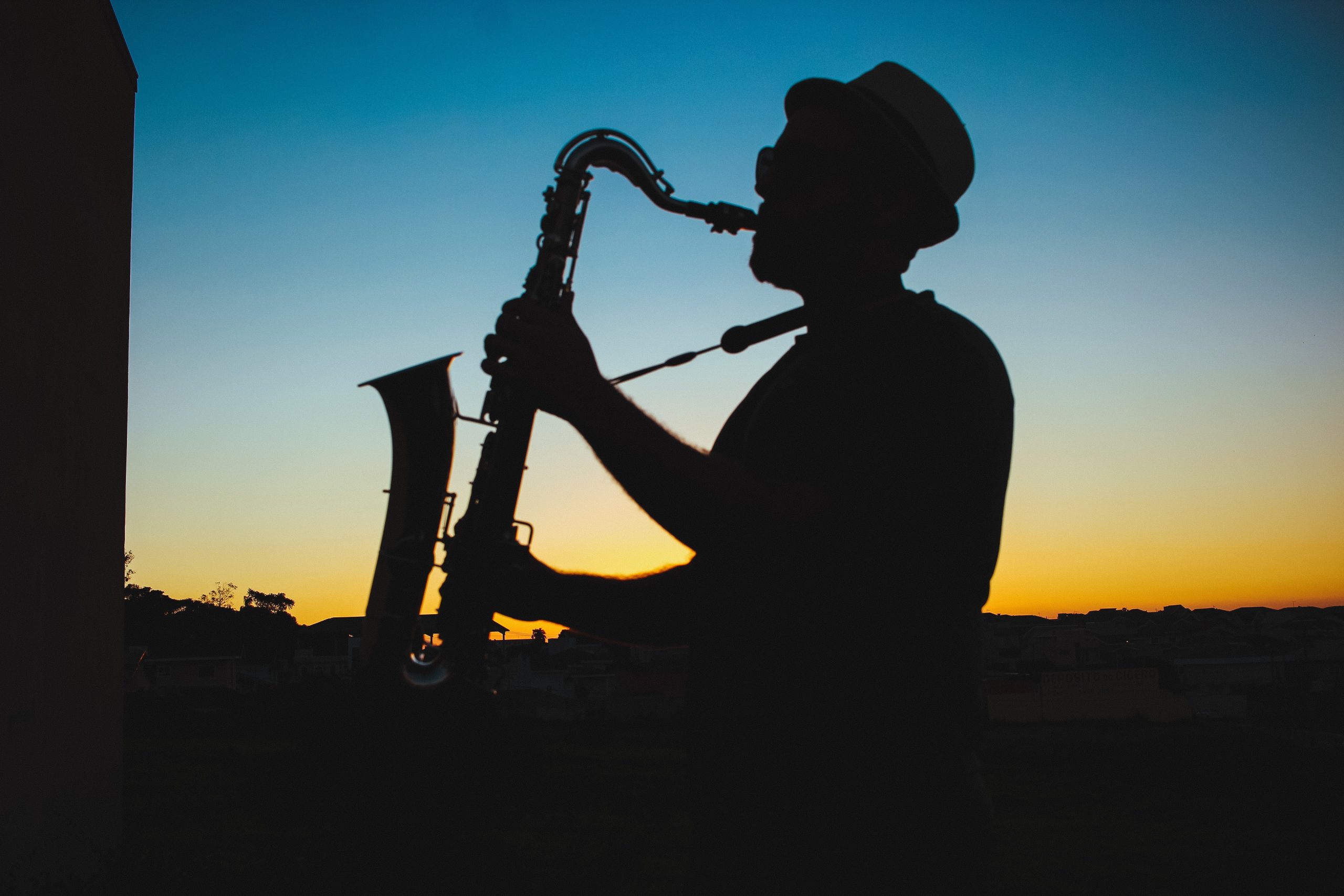Do you work in
the music field and wanting to get to know better the major trade union of the
field?
Globe Art Point will organise an informal afternoon coffee session at the Musician´s Union on Wednesday 23.1.2019 at 14.00-16.00 h.
The
Finnish Musicians’ Union (founded in 1917) is a trade organisation for
professional musicians. It organises some 3 400 members in 23 local branches.
Individual
members are given counsel and assisted free-of-charge for example in contract,
tax, copyright and pension matters. If negotiations in conflict situations do
not result in a satisfactory outcome, the Union takes care of members legal
proceedings and costs. Collective bargaining and cultural politics are
essential aspects of the work of the Musicians’ Union. So is affecting
legislation in various fields relevant to musicians and their work, such as
copyright.
Orchestra
musicians, soloists and conductors represent approximately one-third of the
Union membership. The remaining two-thirds consists of restaurant,
entertainment, jazz and rock musicians. The ballet dancers of the Finnish
National Opera are also organised in the Union.
Important: There will be room for a maximum of 20 persons. If you are interested in participating, please fill this form latest in 21.1.2019.
For
more information, please contact Tomi Purovaara,
[email protected]
The office of the Musician´s Union is located at Pieni Roobertinkatu 16, 5 krs Helsinki. Please also check their website
This event is part of Globe Art Point´s GAP INFO
project supported by the Finnish Cultural Foundation, the Ministry of Education
and Culture and the City of Helsinki.
